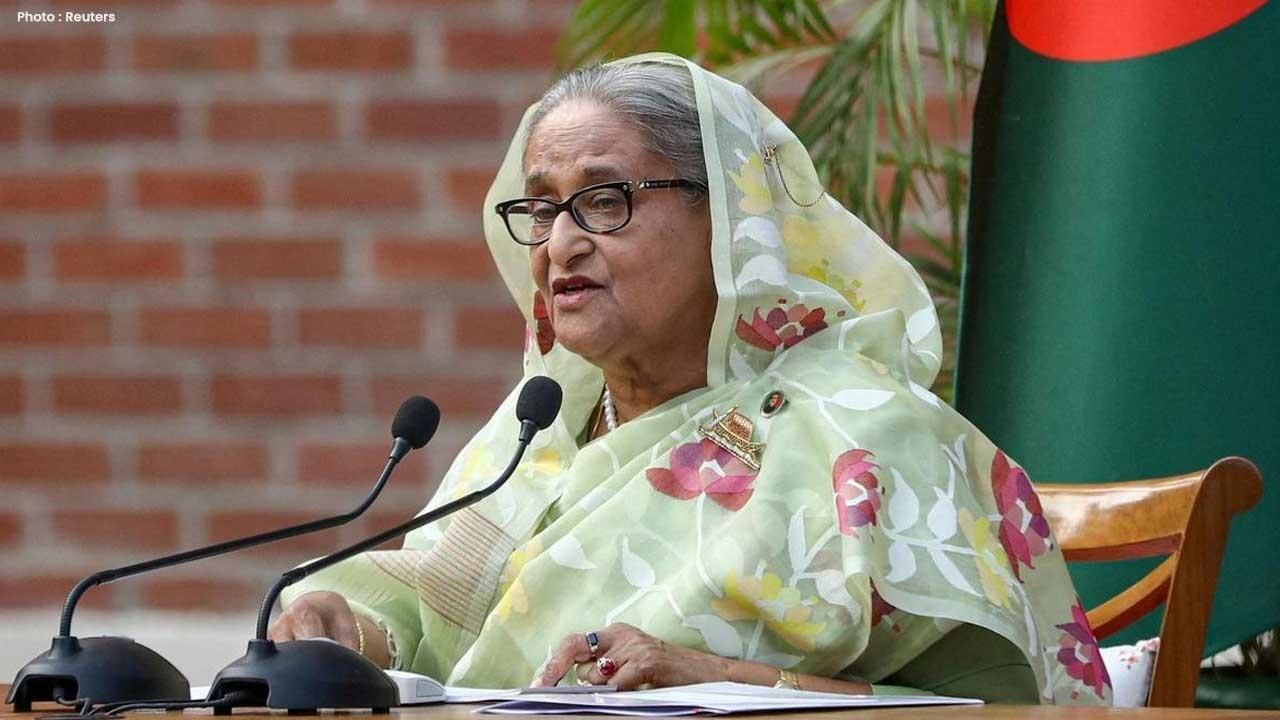
Post by : Naveen Mittal
In the countryside near Hama, Syria, golden wheat fields should be ready for harvest at this time of year. But for farmer Maher Haddad, his 10 acres of land are dry and almost empty. Normally, each acre gives him enough wheat to cover his family’s needs and some extra to sell. This year, he harvested less than half of what he usually gets.
Instead of the normal 400–500 kilograms per acre, he got only 190 kilograms. The seeds, water, and fuel he invested cost him more money than the crops earned. “This year was a disaster,” said Maher, who has two teenage daughters. “We lost money, and I don’t know how we will manage next year. Right now, I’m borrowing money from relatives just to buy food and water.”
His story is not unique. Across Syria, farmers are suffering from the country’s worst drought in 36 years.
Wheat is the most important crop in Syria. It is used to make bread, pasta, and many other foods. But this year’s harvest is 40% lower than normal. According to the United Nations Food and Agriculture Organization (FAO), the country will face a wheat shortage of 2.73 million tonnes. That amount could have fed more than 16 million people for a year.
This shortage is dangerous for a country where 90% of people already live in poverty after more than a decade of conflict. Food insecurity is rising fast, and aid workers warn that by the end of 2025 and into 2026, hunger could reach unprecedented levels.
Bread is the most basic and most important food for Syrians. For many, a meal without bread is not complete. But with less wheat, the price of bread has increased sharply.
For 39-year-old widow Sanaa Mahamid, who has six children, even buying bread is a daily challenge. Last year, a bag of bread cost 500 Syrian pounds. Now the price has jumped to 4,500 pounds. To feed her family, she needs at least two bags a day, which costs 9,000 pounds—before buying any other food.
“Sometimes we borrow money just to buy bread,” she said. “If the price rises again, I don’t know what we will do. Bread is the most important thing.”
The drought is affecting both city and village life:
In cities, people face higher bread prices because there is less wheat available.
In villages, farmers are losing their main source of income. Many are selling their livestock, eating fewer meals, and cutting back on food for their children.
Reports show that child malnutrition is increasing, especially among young children and pregnant women. Families are being forced to choose between food and other essentials.
Rainfall in Syria has dropped by 70% this year, leaving most farmland too dry for crops to grow. More than 75% of rain-fed farmland is no longer usable.
Farmers usually depend on irrigation systems to water their fields when it doesn’t rain. But years of war have damaged irrigation networks, destroyed pumps, and left land unsafe with landmines. Even when pumps are available, the high cost of fuel makes it impossible to run them.
According to Dr. Ali Aloush, head of agriculture in Syria’s Deir al-Zour region, farmers need to irrigate wheat fields four to six times in one season. This year, most could not afford it. Fuel prices have reached up to 12,000 Syrian pounds per litre, making water pumping nearly impossible.
Syria’s new transitional government, led by interim President Ahmed al-Sharaa, faces a huge challenge. After 14 years of war and the fall of Bashar al-Assad in late 2024, rebuilding the country is already difficult. Now, the food crisis adds even more pressure.
The government is trying to support farmers with new irrigation projects, like solar-powered drip systems, to save water and reduce dependence on expensive fuel. But these projects take time and money. For many farmers, help may come too late.
International aid agencies are stepping in. The World Food Programme (WFP) is providing direct payments to small farmers. So far, they have given $8 million to about 150,000 farmers who lost their crops. The WFP and other agencies are also working with the government to keep bread subsidies available, so the poorest families can still afford food.
If farmers continue to leave their land, Syria could face long-term problems with food supply. Without farming, the economy will suffer, and dependence on imports will grow. For millions of families, that means more hunger, more poverty, and the possibility of being forced to migrate.
Aid workers say the only short-term hope is more food support from international donors. The long-term hope is rebuilding the agricultural sector with stronger irrigation systems, affordable fuel, and government support.
But until then, millions of Syrians are left with only one hope: praying for rain.










Oscar Discharged from Hospital After Cardiac Scare
Former Chelsea star Oscar is out of the hospital following heart issues; Sao Paulo affirms his stabi

Tributes Pour in for Paige Greco, the 28-Year-Old Paralympic Star
Paige Greco, a gold medallist from the Tokyo 2020 Paralympics, tragically passed away at 28, leaving

Eagles Secure 16-9 Triumph Over Lions with Late First-Half Touchdown
The Philadelphia Eagles captured a 16-9 win against the Detroit Lions, thanks to Jalen Hurts' pivota

Baltimore Ravens Triumph with Andrews' Game-Sealing Touchdown
Mark Andrews' stunning 35-yard touchdown run in the fourth quarter propelled the Ravens past the Bro

Purdy’s Stellar Comeback Powers 49ers Past Cardinals
Brock Purdy shines in his return, guiding the 49ers to a decisive 41-22 win over the Cardinals with

Brendan Doggett Poised for Ashes Test Debut
Brendan Doggett's journey from carpenter to Test debutant is inspiring. He’s set to join Australia i